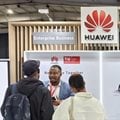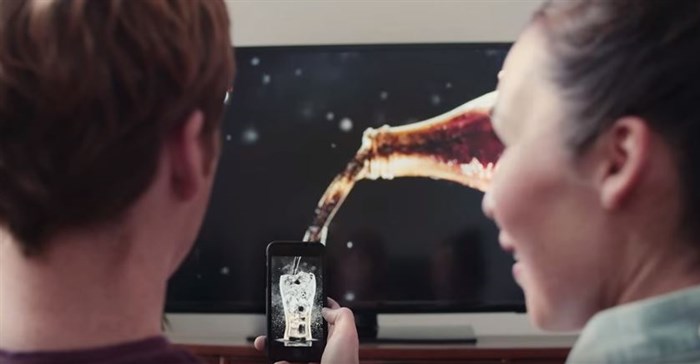






The trend, which will continue on this sharp incline as smartphones and data prices fall, has forced a mindset shift for how businesses operate.
The advertising, media and marketing industry is one sector that has had to adapt very quickly to this growing trend, which has changed how brands talk to consumers. Innovation and integration have become the lifeline for the various multiple advertising mediums that more than ever have to demonstrate return on investment (ROI) for ad spend.
Out-of-home (OOH) advertising is likely to face a massive margin squeeze if it does not evolve faster in Africa. In South Africa, slow mobile integration into OOH is hampering the medium.
{{IMage}}
Currently most outdoor is still static and analogue, with some converting to digital, but nothing sexy or exciting. While augmented reality billboards have the power to increase consumer engagement through interactive content like audio, video or images, when it is scanned through smartphones, this does not always translate to the bottom line.
Using the antiquated metrics of cost per eyeball for outdoor does not reflect ROI. Eyeballs do not count unless they convert to conversations, leads or transactions.
Mobile has become the competition to all media as it is the portal for all social media, a source of information and a banking tool for most. Brands must understand that mobile provides a thread through all brand activation points and therefore is the future of advertising. In an ideal world, all visible outdoor media has to create a symbiotic relationship with consumers that forces consumers to transact.
If OOH does not accomplish this, then brands will re-channel spend to mediums that bring tangible ROI, rendering the medium obsolete.
Brands like McDonald's and Coca-Cola are getting it right, but there is huge scope to do more. In the United States, Coca-Cola's drinkable advert that created the illusion that consumers were actually tasting the drink, was sheer genius.
In collaboration with Shazam, consumers could see the Coke Zero pouring from the billboard into the screen of their smartphones and could hear the sound of liquid filling the glass, which resulted in a free Coke Zero that could be redeemed at retail outlets across the country. The aim of the campaign, to get more people to try Coke Zero, was cleverly achieved as more consumers got to taste the product.
The evolution of OOH is moving to devices paired with beacons, near field communication (NFC) and other technologies that will create unprompted connections between outdoor activations and devices. This should open a new frontier in engagement and measurement.
*Source: Kleiner Perkins Caufield & Byers' (KPCB's) 'Internet Trends 2015' report.